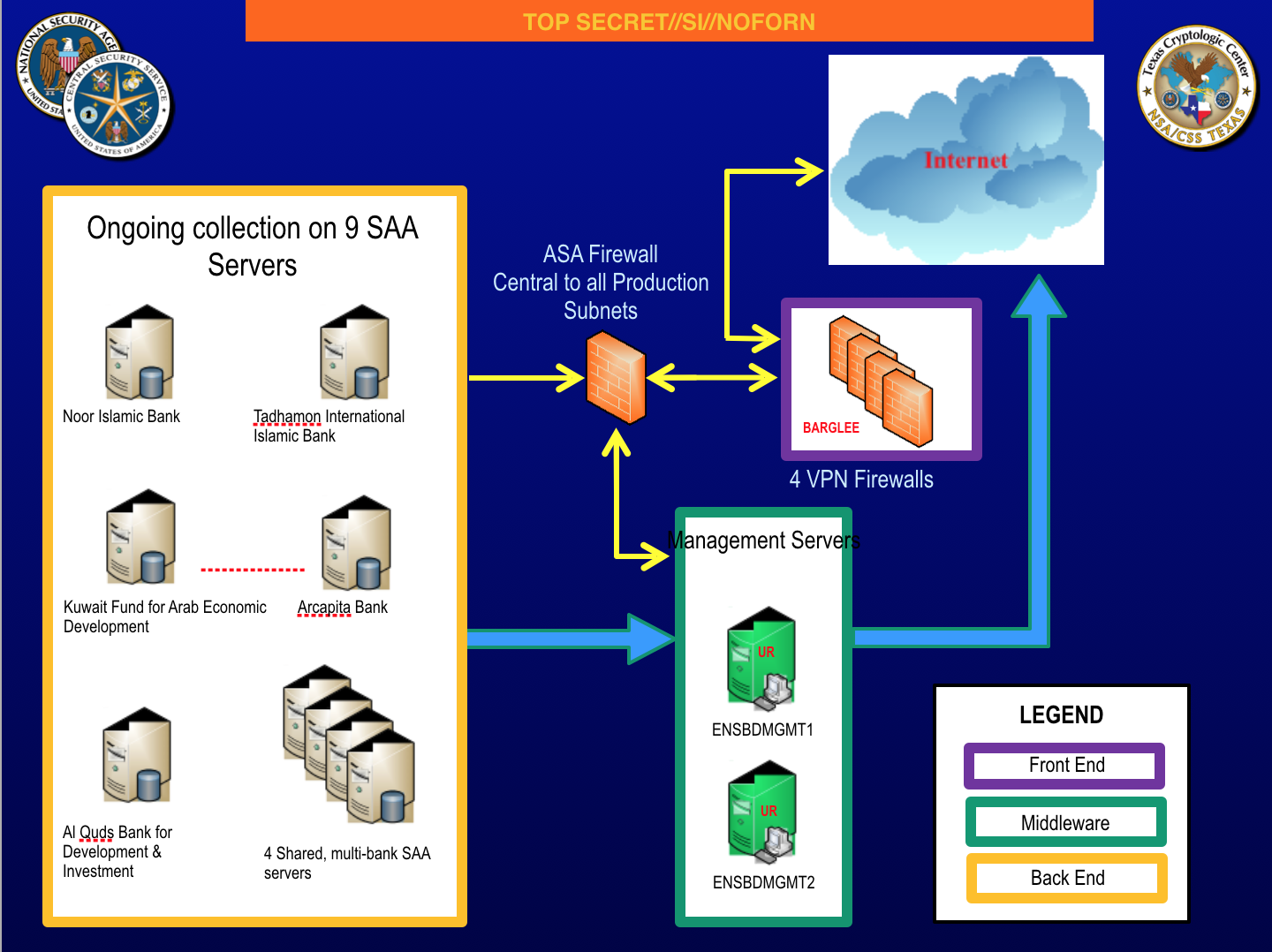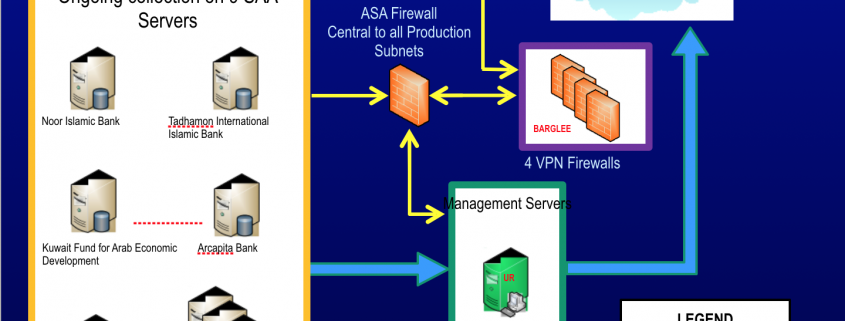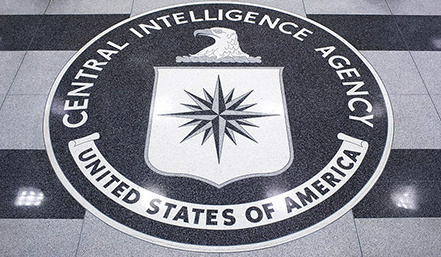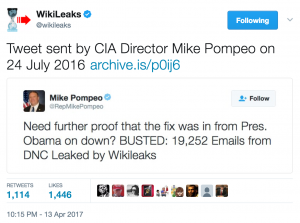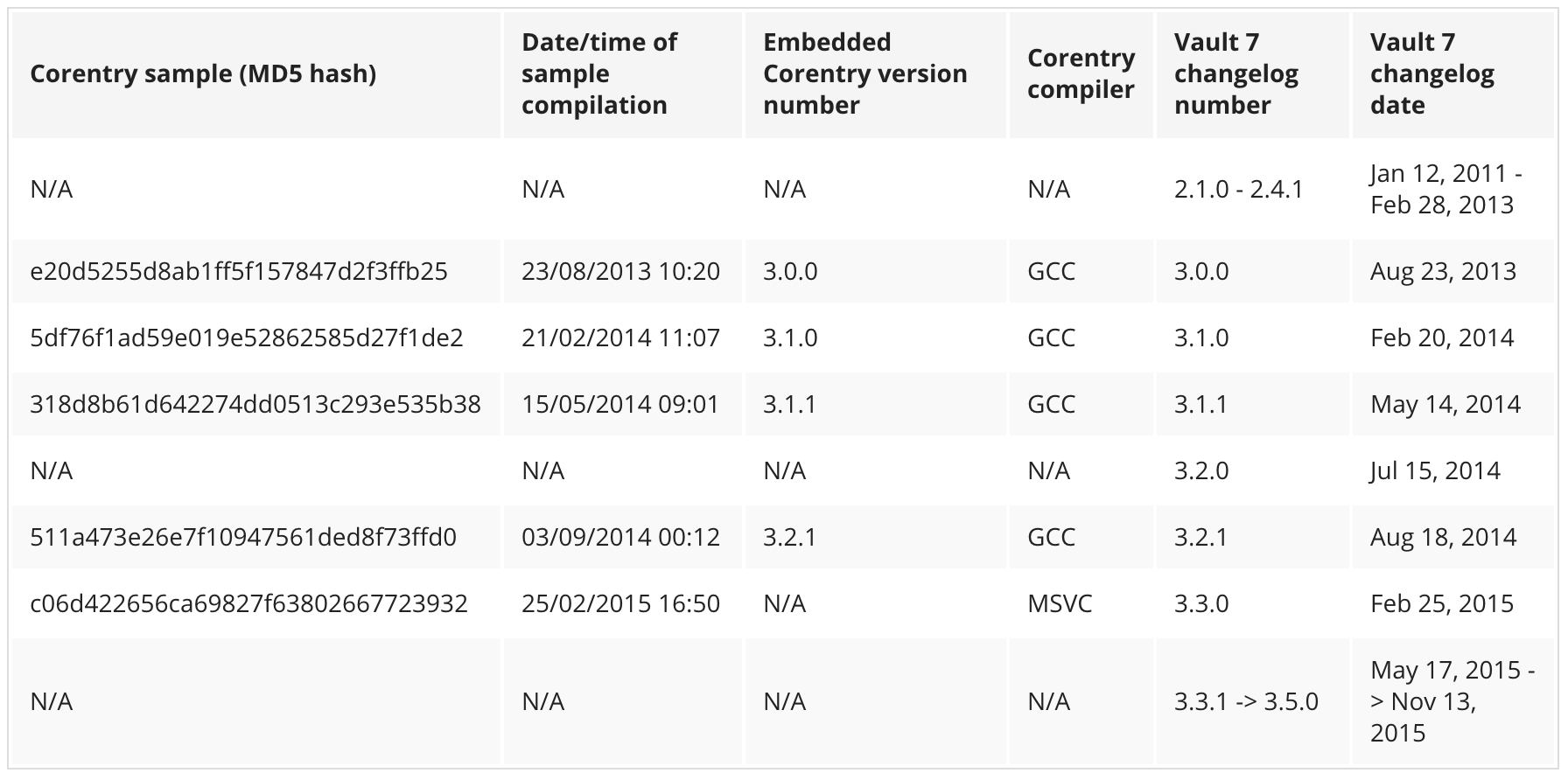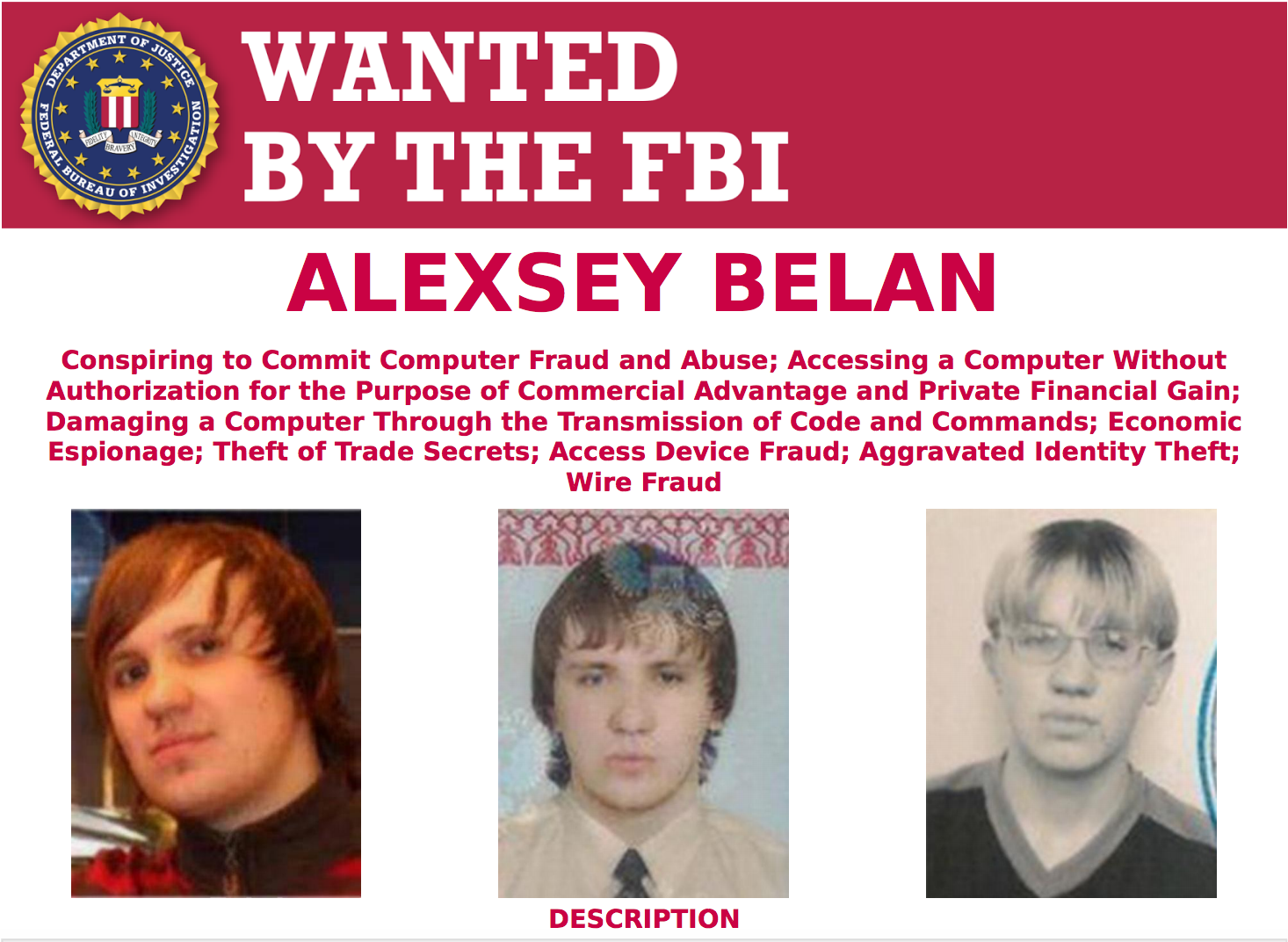Reuters has what at first seemed to be an important story, based on three current and four former US officials (a descriptor which can include members of Congress or their staffers) noting that a think tank close to Putin laid out a plan to influence the US election in two separate reports last year. But in fact, the story actually may undermine some of its own claims.
Before I describe the reports, consider two inconsistent claims made in the story. First, the article claims that these two reports were central to the Obama Administration’s conclusions on Russian interference.
The documents were central to the Obama administration’s conclusion that Russia mounted a “fake news” campaign and launched cyber attacks against Democratic Party groups and Clinton’s campaign, the current and former officials said.
These officials — seven of them!! — suggest there’s a tie between these two reports and the total conclusion, the fake news and the hacking.
But then later in the story, half the officials state that the reports never once mentioned the hacks. They explain that detail away by saying that the two parts of the campaign — the hacking and the propaganda — reinforced each other because RT and Sputnik do what RT and Sputnik allegedly do anyway, make the most of opportunities to cause the US discomfort.
Neither of the Russian institute documents mentioned the release of hacked Democratic Party emails to interfere with the U.S. election, according to four of the officials. The officials said the hacking was a covert intelligence operation run separately out of the Kremlin.
The overt propaganda and covert hacking efforts reinforced each other, according to the officials. Both Russia Today and Sputnik heavily promoted the release of the hacked Democratic Party emails, which often contained embarrassing details.
Again, before we get into the reports themselves, note that the sources here appear to have oversold this story. Or the Obama Administration thinking on this is … problematic. Because there’s no way two reports on propaganda — of the sort American think tanks and the CIA develop for elections and adversaries all over the world, even if the CIA doesn’t run state media outlets like Russia does to implement them — that don’t mention the hack should be presented as proof of (or proof against) the whole kit and kaboodle, the hack-and-leak plus propaganda. Either these reports weren’t central to the plan, or the propaganda effort had nothing to do with the hacking one. In other words, these documents should in no way lead Obama (or us) to conclude anything about the hacking.
That’s all the more true when you consider the description of these reports.
[The seven sources] described two confidential documents from the think tank as providing the framework and rationale for what U.S. intelligence agencies have concluded was an intensive effort by Russia to interfere with the Nov. 8 election. U.S. intelligence officials acquired the documents, which were prepared by the Moscow-based Russian Institute for Strategic Studies [en.riss.ru/], after the election.
The institute is run by retired senior Russian foreign intelligence officials appointed by Putin’s office.
The first Russian institute document was a strategy paper written last June that circulated at the highest levels of the Russian government but was not addressed to any specific individuals.
It recommended the Kremlin launch a propaganda campaign on social media and Russian state-backed global news outlets to encourage U.S. voters to elect a president who would take a softer line toward Russia than the administration of then-President Barack Obama, the seven officials said.
A second institute document, drafted in October and distributed in the same way, warned that Democratic presidential candidate Hillary Clinton was likely to win the election. For that reason, it argued, it was better for Russia to end its pro-Trump propaganda and instead intensify its messaging about voter fraud to undermine the U.S. electoral system’s legitimacy and damage Clinton’s reputation in an effort to undermine her presidency, the seven officials said.
The first report was done in June (no date specified). Per the description, it didn’t even take an anti-Hillary stance, but instead an anti-Obama stance, which translates into anti-Hillary but not as strongly as it could, given Hillary’s specific actions that have infuriated Putin. The second was done in October (again, no date specified) and by description adopted a stance Republicans in this country have adopted towards elections for decades, to delegitimize elections your preferred candidate loses.
The dates are more important (and I find the non-disclosure of the actual dates to be telling, whether that decision was made by the seven sources or by Reuters, as the dates would provide another detail that would allow us to assess the credibility of this story).
Let’s review the timeline of the hack-and-leak narrative. APT 29, associated with FSB, hacked the DNC during summer 2015, and stayed there, quietly. Then, according to the existing narrative, as part of the kind of operation we’ve seen many times, in mid-March 2016 APT 28, associated with GRU also hacked the DNC, as well as John Podesta. DC Leaks, which is supposed to be part of the same operation, registered its domain on April 19. As Thomas Rid pointed out yesterday, FireEye believes the same people tried to register “electionleaks” a week earlier, on April 12. A persona calling himself Guccifer 2.0 appeared on June 15 and started leaking documents currently (and not entirely correctly, I believe) attributed to the DNC hack, immediately after the WaPo and Crowdstrike revealed the hack and attributed it to Russia. Which is to say the first think tank document (which again, is described as anti-Obama, not anti-Hillary) post-dated the beginning of what is considered the hack-and-leak campaign by three months and the beginning of the set-up to leak stolen documents by two. If the report is dated after June 15, it post-dated the first Guccifer 2.0 leaks, yet made no mention of their possible exploitation as part of the propaganda campaign (there are still unexplained problems with claims about the Guccifer persona, but I will bracket them here).
Then there’s the second report, from some unrevealed date in October. Again, it’s crucially important whether the report was done before or after October 7, when even outside observers learned there was going to be a second batch of leaks because Wikileaks started releasing the Podesta emails. Nevertheless, anyone following closely would have known (at least from Roger Stone) more might be coming, and insiders in both the Democratic Party and the Kremlin knew there were more documents that could be released. But this second report once again made no mention of hacked documents, not the ones that had leaked in the summer, and not the ones that were already or were about to be leaked.
That’s some pretty remarkable disinterest in available propaganda material that everyone following closely knew about. Though it’s worth noting that the Podesta emails didn’t support the “illegitimate election” narrative being pushed by the think tank in October as well as the DNC emails that were already public and available for propaganda purposes.
Taking just the think tank documents as evidence, which is what the seven sources behind this story do in advancing them as proof, you would conclude that there was actually not a strong tie between the hack-and-leak campaign and the propaganda one, because even after the entire world knew about the former, those strategizing the latter didn’t accommodate for the former.
All of which is to say that if we’re to believe these think tank documents provided “the framework and rationale” for the Russian election operation story, then we should conclude the dominant narrative is incorrect, that there actually was no intention of coordinating the hack-and-leak part of the operation with the propaganda part, or even that the hack-and-leak wasn’t part of that grand framework. Alternately, we might conclude that these think tank documents represent what tangential people with close ties to Putin thought smart advice, but which aren’t actually proof of Putin’s intent except insofar as sycophants reflect the perceived intent of those they’re serving.
Later the article does provide an explanation that sustains the current narrative of a coordinated hack-and-leak and propaganda campaign. Even before the first strategy document that purportedly provided the rationale and framework for the campaign, Reuters’ sources reveal, the Kremlin had already instructed media outlets to favor Trump.
Four of the officials said the approach outlined in the June strategy paper was a broadening of an effort the Putin administration launched in March 2016. That month the Kremlin instructed state-backed media outlets, including international platforms Russia Today and Sputnik news agency, to start producing positive reports on Trump’s quest for the U.S. presidency, the officials said.
That order, coming from the Kremlin itself which therefore might accommodate for what Reuters’ sources call a covert campaign even though by all reports, starting in March, the second wave of hacking stopped all effort at maintaining persistent secrecy from its targets, certainly could reflect coordination between the propaganda and the hack-and-leak parts of the campaign. It would suggest the Kremlin moved its propaganda arms at the same time APT 28 set out to ostentatiously collect what APT 29 had already been secretly collecting, documents that could provide material for the propaganda.
If so (and I have no problem interpreting it as such), then it suggests that the think tank documents should not be considered all that informative, as they appear to ignore stuff even Americans were commenting heavily on. Indeed, the story provides more evidence to suggest they weren’t that key in directing the campaign. In the US, at least, think tanks often recommend policies that coincide with (blatantly obvious) policies already chosen; it’s a good way to appear to influence policy even while chasing it. But that doesn’t mean we or anyone else should take it as definitive proof of anything.
One more comment. As stunning as it is to learn of Russian think tank documents that made no mention of the hack-and-leak campaign, or even the documents that became available as a result, months after the leaking started, it’s worth reminding that the Trump dossier, for whatever juicy evidence it presents about Trump associates potentially colluding with Russians, also doesn’t reflect any prospective knowledge of the hack-and-leak campaign (though it certainly discusses its implementation after the fact). In fact, its retrospective reports suggest that in mid-September, the consensus was that the hack-and-leak campaign was backfiring, with advisors suggesting they didn’t need to release more documents to make Hillary look “weak and stupid.” And when, five days after the Podesta emails first started coming out, the dossier reported on the emails being released, it suggested a great deal of anger within the Kremlin both that the emails hadn’t done more besides create backlash and that Trump was such a divisive figure.
The two data points, taken together, might support a close hold on the hack-and-leak effort (in spite of the obviousness with which it was carried out). But it’s worth noting that in spite of rampant leaking and some vague allegations of more, we have yet to see or learn of a data point that predicted the hack-and-leak campaign, not even via intelligence agencies that knew about the earlier APT 29 hack for nine months.
One final note. I’ve long mocked the intelligence community for calling the combined efforts of APT 28 and 29, along with the propaganda effort, “Grizzly Steppe” for the way it dissolves all distinction between the various parts of the program. This is an example of why I think it unwise: because it clouds people’s ability to assess and try to address flaws in the individual parts of the campaign which may be quite important.




![[Photo: National Security Agency, Ft. Meade, MD via Wikimedia]](https://www.emptywheel.net/wp-content/uploads/2017/08/NationalSecurityAgency_HQ-FortMeadeMD_Wikimedia.jpg)



